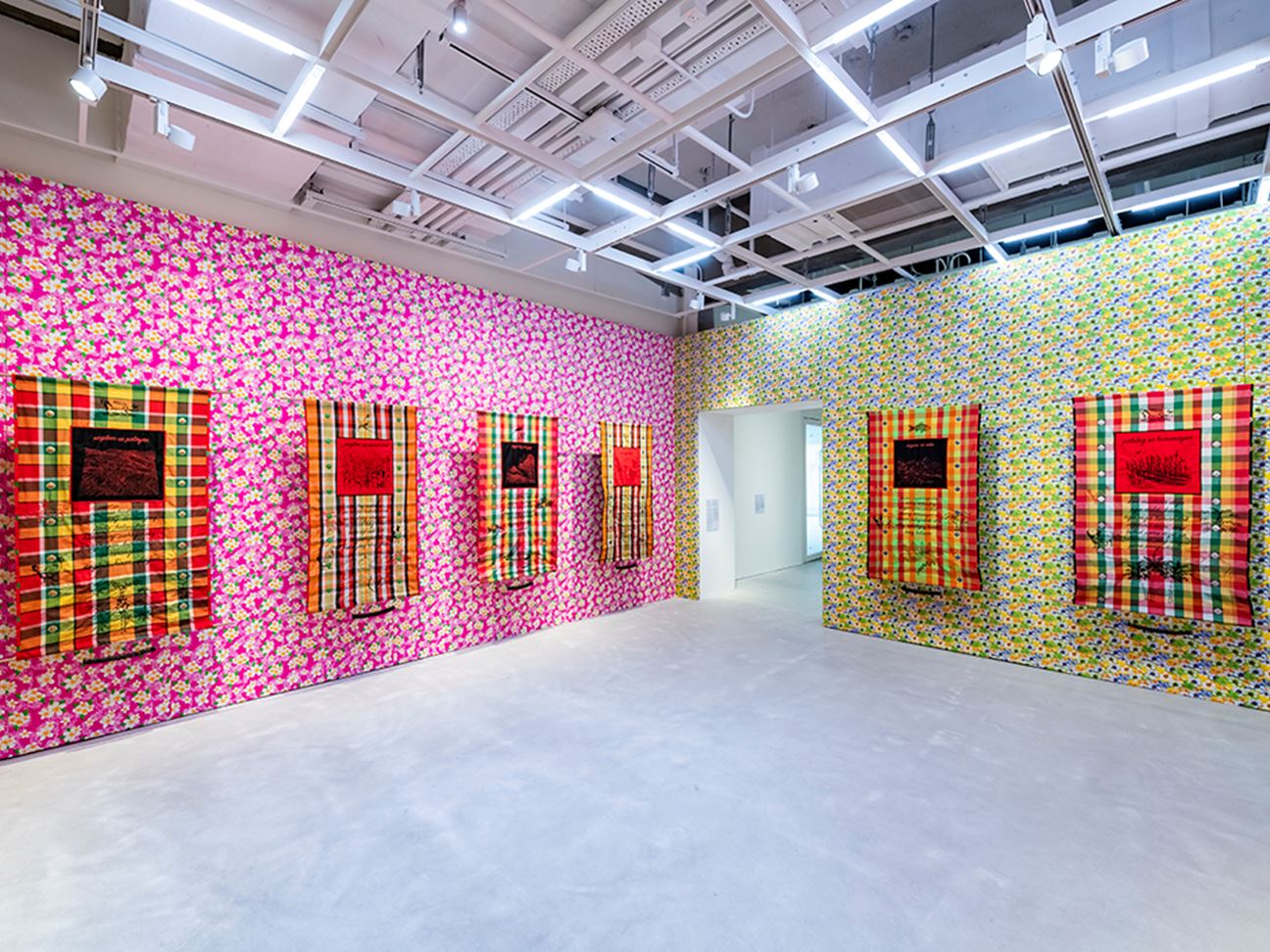
For those whose perspectives are missing in the canons and histories we learned in school - who have been long ensnared in the cultural narratives of those more powerful - the memoir has served as a site of redress, a space in which to turn the tables, to make their experiences visible and their stories heard: a passage not only into literature but into a larger acceptance. This is why memoirs by women, immigrants and minorities of all kinds are often about the effort of becoming a coherent self within larger forces - forces that are inevitably classed, gendered and raced. For many of us, writing is a solace, a method of self-sorting, and the ability to share a point of view without being shut down or condescended to has even more weight for those who haven’t always been let into the conversation. I often think I would never have become a critic had dissent been encouraged in the younger generation in my house, a feeling to which a lot of writers probably relate. Memory is also identity, and for those historically cast to the margins of our national stories, or those who grew up as the silent daughters or queer kids at the family dinner table, seizing control of one’s narrative has a particular power. There’s an art to memory, and our personal stories become symbolic over time, the juicy onions and ghostly, maternal arachnids emblematic of a more complex whole. “Memory itself is a form of architecture,” said the artist Louise Bourgeois, whose autobiographical sculpture emerged late last century in all kinds of shapes, most iconically that of a 30-foot-tall cast-bronze spider. Now that self-authorship is a form of digital hobby, we’re savvy to the fact that our versions of events tend to be freighted with self-interest (“my truth,” “my journey”), that there’s a power dynamic at play in who owns the narrative and that our experiences don’t generally have a clear takeaway unless we frame them just so. The fantasy that you can say something so perfectly and with such absolute authority that it never needs another version told from another point of view, as my grandfather might have believed, is long over.

Meanwhile, here in 2021, my 5-year-old had already grasped the way in which animated frogs might speak ageless truths, while the flesh-and-blood figures in her life might color outside the lines.

“Nonfiction = true.” Clearly destined for the darkroom of Instagram opportunism, the poster seemed to hark back to the days when binary thinking was enough, when, at least for men like my grandfather, the world was thus organized: People were either good or bad, their actions right or wrong stories were either true or not true, and always freighted with a clear moral argument. While touring preschools for my daughter, I spotted a construction-paper poster taped to a library wall: “Fiction = not true,” was written on it in Magic Marker. These stories, with their inevitable triumph-over-odds arc, were our firmament, but they also felt slightly apocryphal when he told them, we were aware of witnessing a kind of performance, and that was probably why they gave us the giggles: the rhetorical flourish of certain repeated details - the juice of the raw onion “dribbling down his chin” driving the car “in first gear the whole way.” At the same time, we sensed something real in his need to re-enact the same memories again and again in his effort to reconcile the genuine hardships of his past with a dissonant present embodied in his young grandchildren, indifferent to their apple-eating good fortune. Grandpa O’Grady was always the hero of the anecdotes he told of his Depression-era childhood, which were about things like eating onions from the food donation box raw, out of hand, like apples, or driving his mother home from church after his father, who liked his whiskey, passed out in the pew. IN CERTAIN FAMILIES, there’s only room for one storyteller, and in mine, it was my grandfather.


 0 kommentar(er)
0 kommentar(er)
